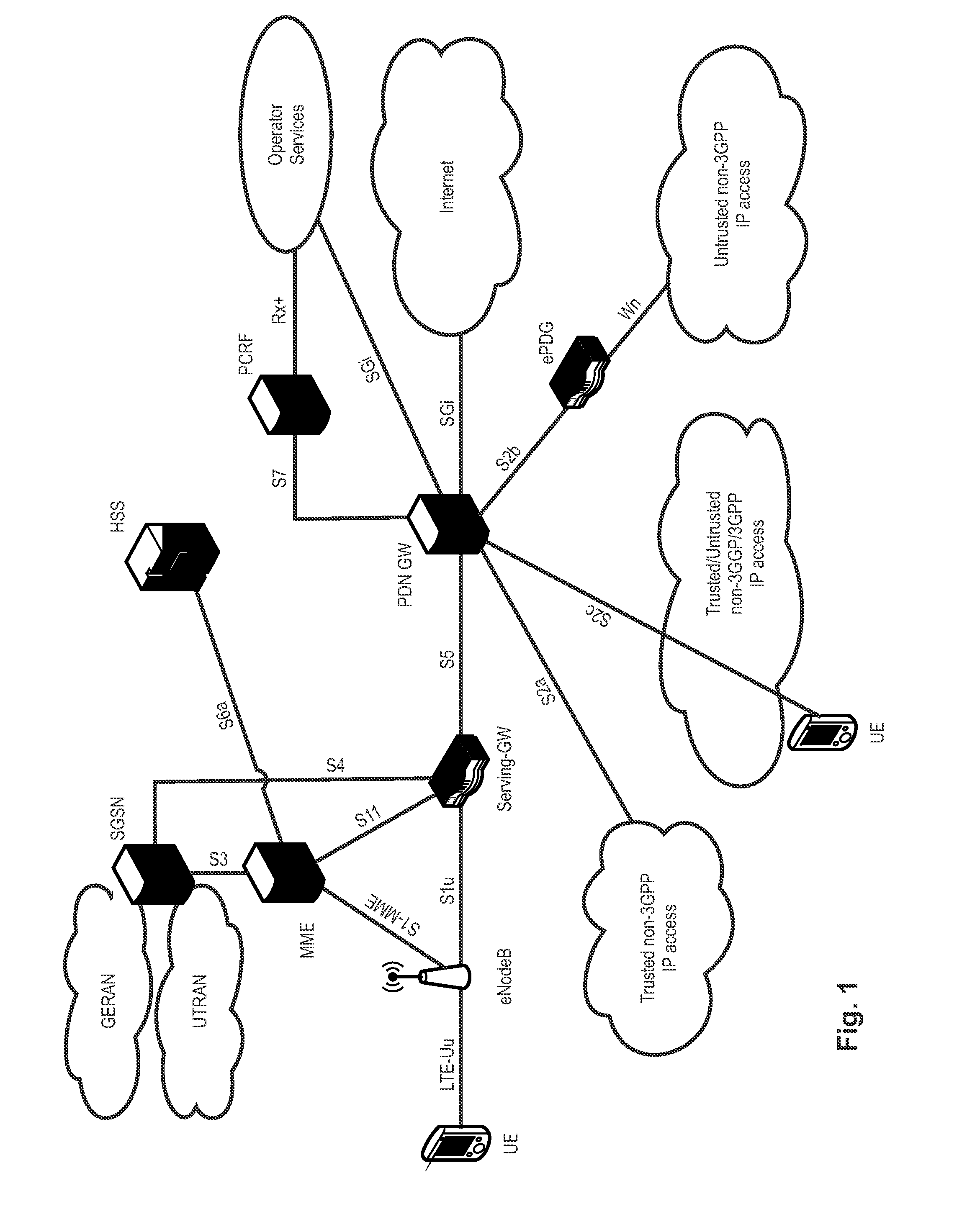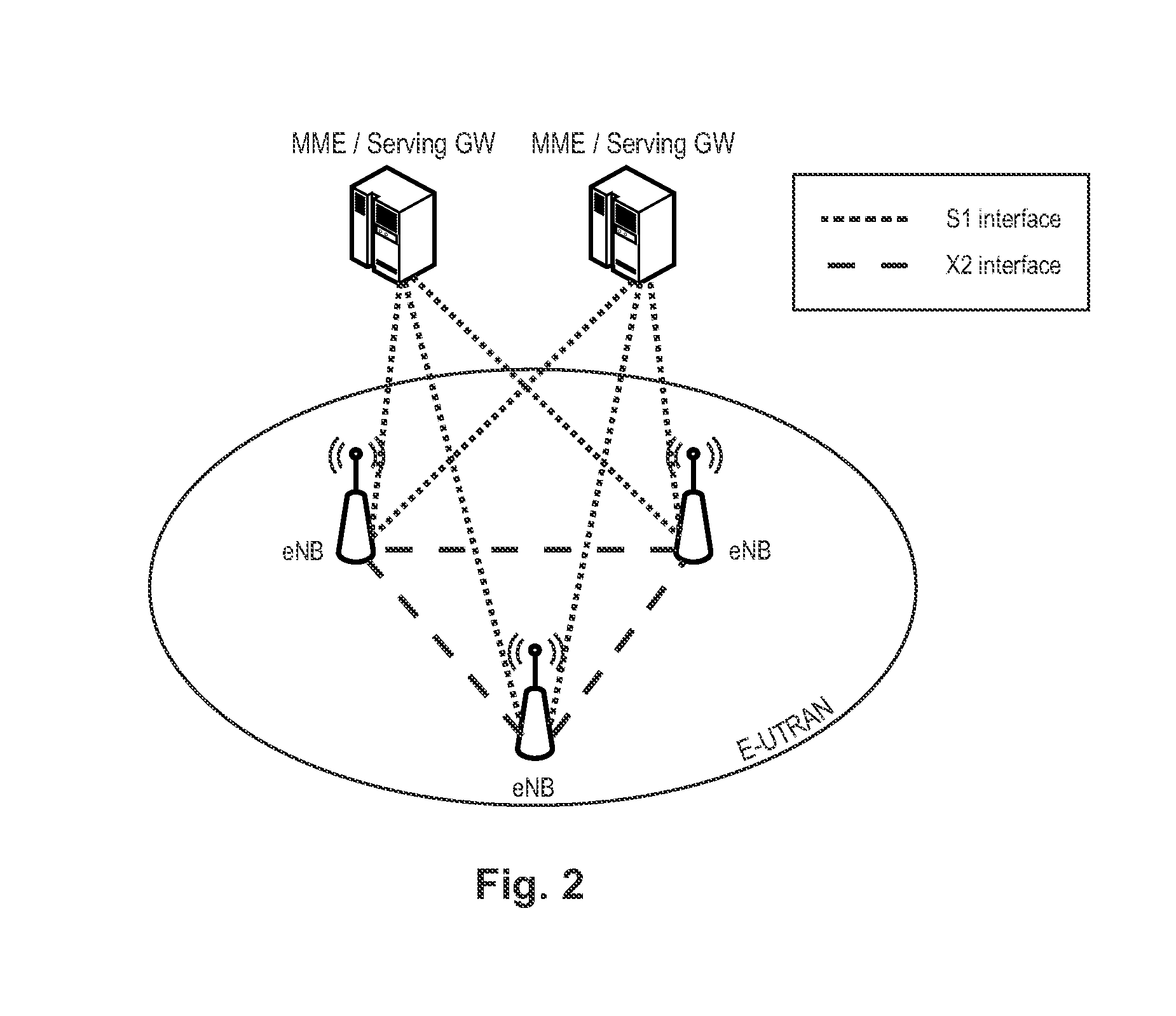TDD uplink/downlink re-configuration mechanism
a re-configuration mechanism and uplink control technology, applied in power management, duplex signal operation, wireless communication, etc., can solve the problems of insufficient ack/nack information for uplink control signaling (pucch) formats of fdd, insufficient ack/nack information for uplink control signaling, and inability to correctly decode packets
- Summary
- Abstract
- Description
- Claims
- Application Information
AI Technical Summary
Benefits of technology
Problems solved by technology
Method used
Image
Examples
first embodiment
[0158]In connection with the summary of the invention, it has already been emphasized that the various embodiments are based on the concept that for a TDD UL / DL re-configuration the timing relations relating to DCI to PUSCH and / or to PDSCH to HARQ-ACK are to be applied differently from the TDD radio frame configuration. This distinction between the TDD radio frame configuration and the timing relations is only to take place during a short period of time before and / or after the re-configuration takes effect.
[0159]According to the first embodiment, the DCI to PUSCH timing relations are adapted to allow for an advantageous TDD UL / DL re-configuration. Specifically, in this embodiment the DCI to PUSCH timing relations are adapted during a short period of time before the re-configuration takes effect such that the uplink bandwidth utilization within the communication system can be improved.
[0160]An exemplary TDD UL / DL re-configuration operation according to the first embodiment is illustr...
second embodiment
[0174]In the second embodiment, similar to the first embodiment, the DCI to PUSCH timing relations are adapted to allow for an advantageous TDD UL / DL re-configuration. Specifically, in this embodiment the DCI to PUSCH timing relations are adapted during a short period of time after the re-configuration takes effect such that the uplink bandwidth utilization within the communication system can be improved.
[0175]Also the second embodiment assumes a communication between a mobile station and a base station in a communication system. The communication is to be re-configured from a source to a target TDD configuration. For this second embodiment to be applicable, the source TDD configuration is a predefined one out of a plurality of TDD configurations, and the target TDD configuration is any one of the plurality of TDD configurations. It shall be emphasized that the term “re-configuration” inherently defines that the source TDD configuration is different from the target TDD configuration...
third embodiment
[0189]In connection with the third embodiment of the invention, it shall be again emphasized that the various embodiments are based on the concept that for a TDD UL / DL re-configuration the timing relations relating to DCI to PUSCH and / or to PDSCH to HARQ-ACK are to be applied differently from the TDD radio frame configuration. This distinction between the TDD radio frame configuration and the timing relations is only to take place during a short period of time before and / or after the re-configuration takes effect.
[0190]According to the third embodiment, the PDSCH to HARQ-ACK timing relations are adapted to allow for an advantageous TDD UL / DL re-configuration. Specifically, in this embodiment the PDSCH to HARQ-ACK timing relations are adapted during a short period of time after the re-configuration takes effect such that the Hybrid ARQ functionality is consistently available.
[0191]An exemplary TDD UL / DL re-configuration operation according to the third embodiment is illustrated in FI...
PUM
 Login to View More
Login to View More Abstract
Description
Claims
Application Information
 Login to View More
Login to View More - R&D
- Intellectual Property
- Life Sciences
- Materials
- Tech Scout
- Unparalleled Data Quality
- Higher Quality Content
- 60% Fewer Hallucinations
Browse by: Latest US Patents, China's latest patents, Technical Efficacy Thesaurus, Application Domain, Technology Topic, Popular Technical Reports.
© 2025 PatSnap. All rights reserved.Legal|Privacy policy|Modern Slavery Act Transparency Statement|Sitemap|About US| Contact US: help@patsnap.com



